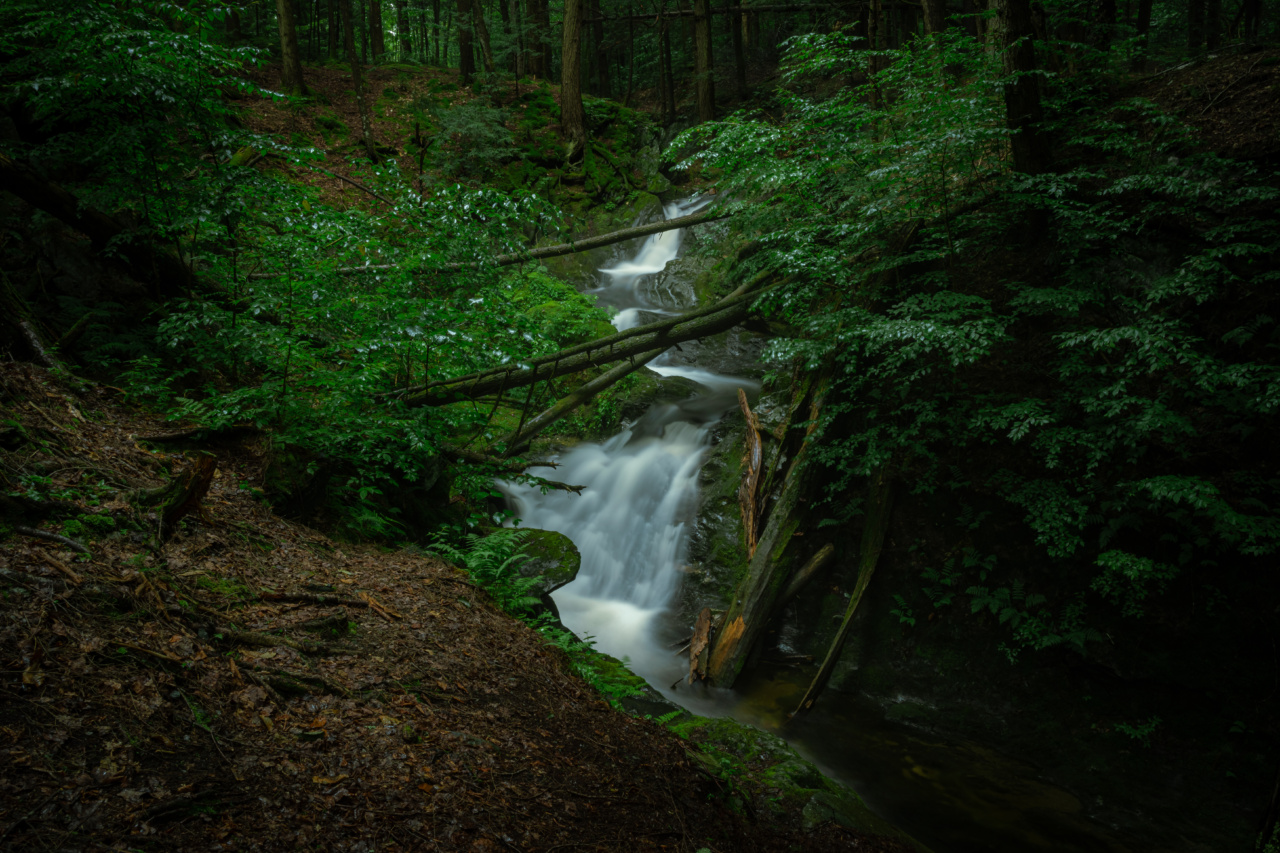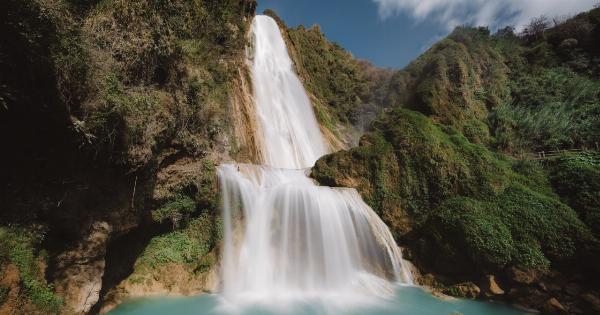The waterfall is a mesmerizing natural phenomenon that can be found in various parts of the world. With its majestic beauty and calming sound, it has captivated the human imagination for centuries.
However, beyond its visual appeal, the waterfall can also convey subtle signals that can offer insight into the surrounding ecosystem. By observing these signals, we can gain a deeper understanding of the intricacies of nature and learn to appreciate the interconnectedness of all living things.
1. Flowing Water
The most obvious signal of a waterfall is, of course, the flowing water. The continuous movement of water over the edge creates a cascade effect that is both mesmerizing and melodious.
The rate and intensity of the flow can vary depending on the weather conditions, with heavy rainfall leading to a more powerful waterfall. In contrast, during dry seasons, the flow may decrease, and the waterfall may appear more tranquil.
2. Mist and Spray
As the water plunges from the cliff, it creates a veil of mist and spray that dances in the air. This mist is not only visually enchanting but also provides important moisture to the surrounding vegetation.
Many plants and mosses near waterfalls thrive on this constant supply of water vapor, creating lush and vibrant ecosystems. The mist and spray also serve as a natural air purifier, filtering out impurities and creating a fresher environment.
3. Rock Formations
The constant erosive power of the waterfall gradually shapes the rocks over time. The churning water sculpts the cliffs and creates potholes and gorges, leaving behind unique rock formations that tell a story of the waterfall’s history.
By studying these formations, geologists can gain valuable insights into the geological processes that have taken place over thousands of years.
4. Flora and Fauna
Waterfalls often serve as a refuge for a diverse range of plant and animal species. The moisture-loving vegetation near the waterfall creates a haven for ferns, mosses, and other water-dependent plants.
These plants, in turn, provide a habitat for various insects, birds, and small mammals. Waterfall ecosystems are often rich in biodiversity, making them a treasure trove for researchers and nature enthusiasts.
5. Soundscapes
The sound of a waterfall is a symphony of nature, with each waterfall having its unique melody. The volume and pitch of the sound can provide clues about the size and intensity of the waterfall.
Some waterfalls produce a booming and thunderous sound, while others create a gentle and soothing murmur. These soundscapes can invoke a sense of tranquility and have even been used for relaxation and meditation purposes.
6. Energy and Power
Waterfalls are not only beautiful but also a potent source of energy. Throughout history, societies have harnessed the power of waterfalls to generate electricity and provide irrigation for crops.
The sheer force of the falling water can be converted into mechanical energy and used to drive turbines, which then produce electricity. This sustainable and renewable energy source continues to play a crucial role in modern-day energy production.
Conclusion
The waterfall is not just a breathtaking natural wonder but also a source of hidden signals that can teach us valuable lessons about the world around us.
By recognizing these subtle signals, we can gain a deeper appreciation for the interconnectedness of nature and the delicate balance that exists within ecosystems. So, next time you find yourself standing in awe of a waterfall, take a moment to observe the flowing water, feel the mist on your skin, and listen to the soothing sounds – because these subtle signals tell a story of a vibrant and thriving ecosystem.































